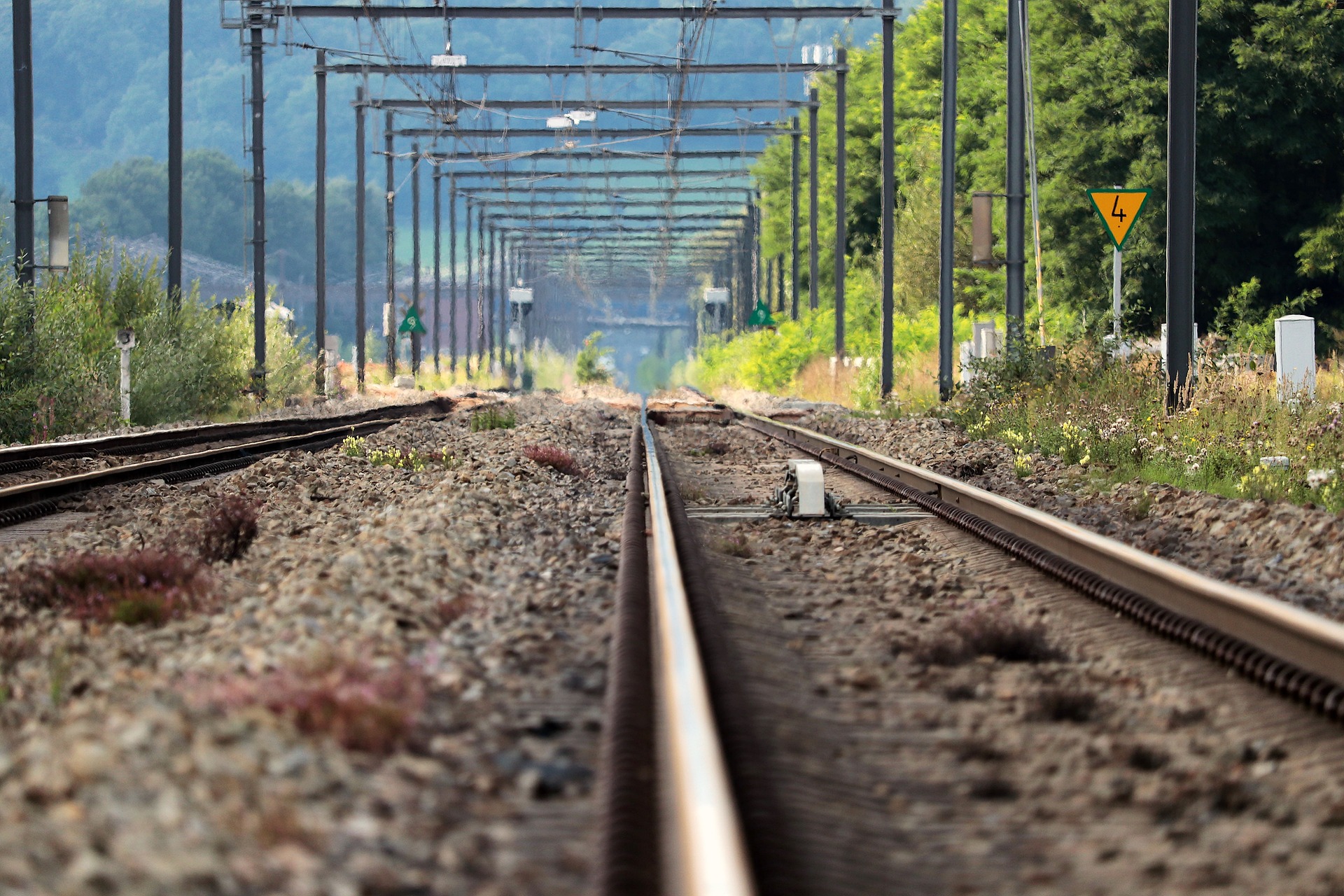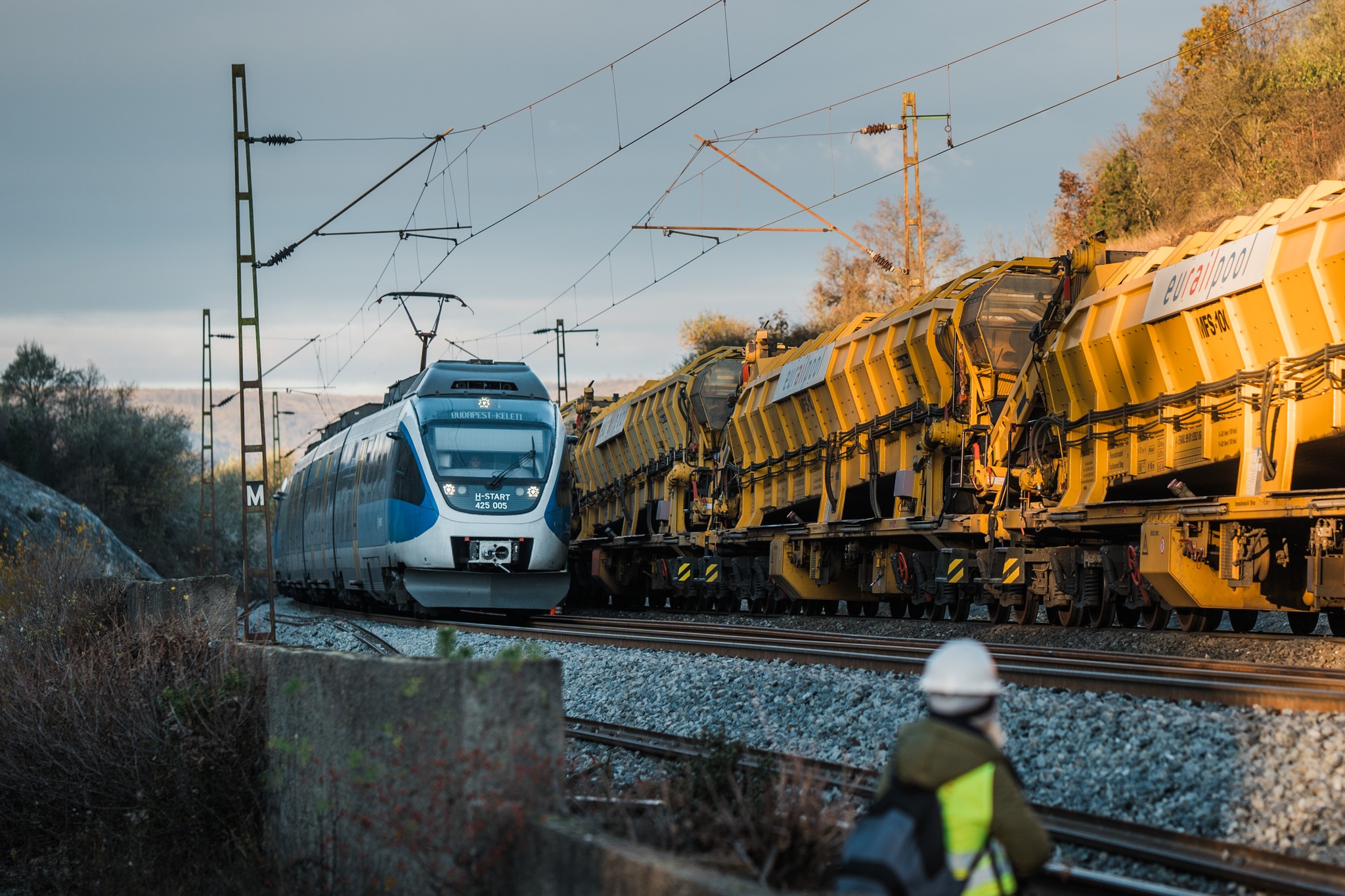Rail infrastructure serves as a cornerstone for economic development and connectivity, akin to the vascular system sustaining the human body, according to Oeconomus Institute’s new research. In the context of national productivity, an efficient railway network is pivotal in facilitating trade, boosting productivity, and enhancing the overall quality of life for citizens.
While roads, schools, and healthcare facilities are vital components of a country’s infrastructure, equally significant are energy systems, communication networks, and public services. The published study sheds light on the railway coverage across EU countries, with a special focus on Hungary’s railway system, elucidating its significance and benefits.
Among the 27 EU Member States, Hungary stands out with its railway coverage, boasting 7,907 kilometers of operational railway lines in 2022, ranking ninth in the EU at the time.
However, it is imperative to note that two island nations, Cyprus and Malta, no longer maintain railways. Examining the rail coverage per thousand square kilometers, the Czech Republic is in the lead, with an average of 120.7 kilometers of railways per thousand square kilometers, showcasing a robust network contributing to economic connectivity and accessibility.
Germany, the fourth-largest EU Member State by surface area, boasts the longest rail network in 2022, spanning nearly 39,000 kilometers. With such extensive coverage,
Germany also leads in freight traffic, having handled nearly 370 million tons in 2022.
Poland follows closely, serving as a critical entry point for rail freight from China and South East Asia via the Northern Corridor. The data underscores the pivotal role of rail infrastructure in facilitating trade and transportation of goods across Europe.
However, challenges persist, with passenger traffic experiencing a significant decline of up to 40 percent in 2022, mirroring trends observed in other modes of transport. Despite efforts to revitalize passenger travel, it is evident that the sector has yet to regain its pre-pandemic momentum, reflecting broader challenges faced by the transportation industry.
In navigating the complex geopolitical landscape, shifts in transport routes have emerged, driven by conflicts and security concerns.
Sanctions imposed on Russia following the invasion of Ukraine have disrupted traditional transport corridors, necessitating adaptations in trade routes.
Moreover, security risks posed by conflicts in various regions, such as the Armenia-Azerbaijan conflict and terrorist threats, underscore the need for resilient and adaptable transportation networks.
Despite these challenges, rail infrastructure remains a critical asset for economic development and resilience. Its environmental benefits, cost-effectiveness, and efficiency make it a preferred mode of freight transport, contributing to reduced congestion and greenhouse gas emissions. Moreover, investments in rail infrastructure have historically stimulated economic growth and recovery, underscoring its significance in shaping the economic fortunes of nations.
In conclusion, the study states that rail infrastructure serves as a lifeline for economic connectivity and prosperity, facilitating trade, promoting investment, and enhancing resilience.
Hungary’s railway system, while facing its share of challenges, remains a key player in the European transportation network, contributing to regional connectivity and economic growth. As nations navigate the challenges of the 21st century, prioritizing investments in rail infrastructure will be crucial for building resilient and prosperous economies across Europe.

